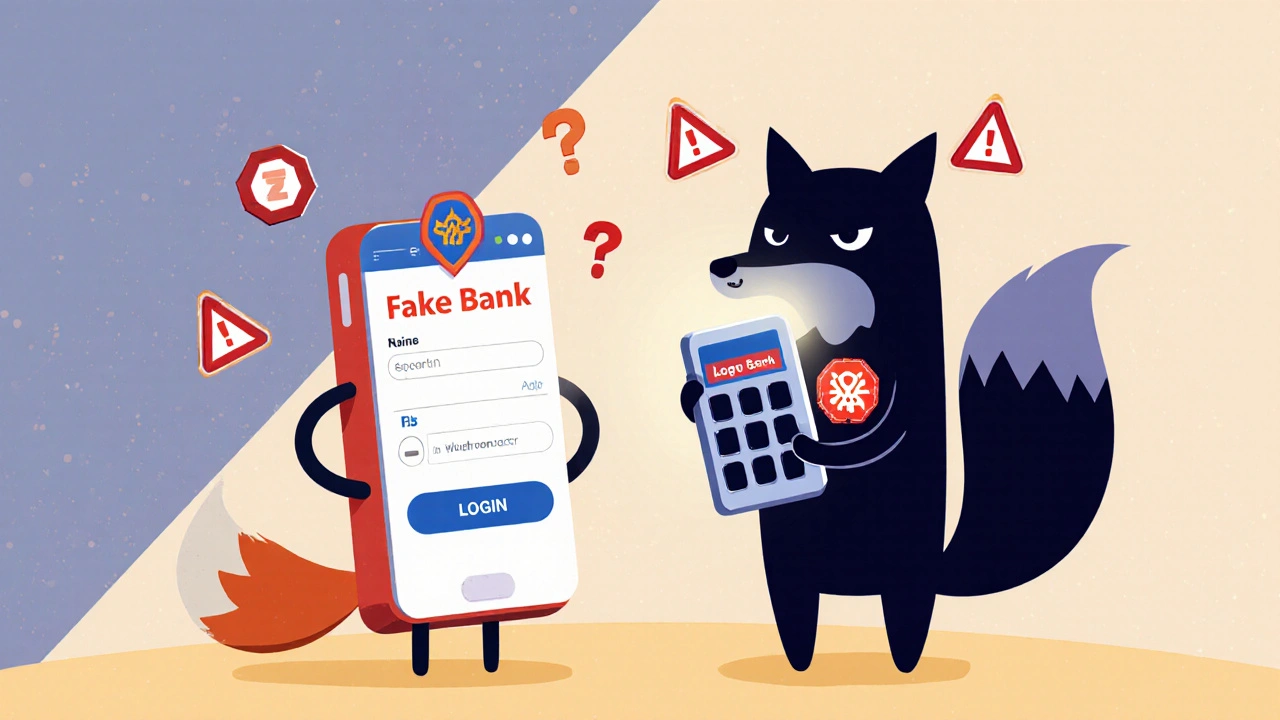Mobile Malware: How Cyber Threats Target Your Finances and How to Stop Them
When you open your banking app or pay with your phone, you’re trusting your money to a device that could already be infected with mobile malware, malicious software designed to steal data, track behavior, or take control of your smartphone. Also known as mobile spyware, it doesn’t need you to click a weird link—it can hide in fake apps, update notifications, or even compromised ad networks. Unlike viruses on PCs, mobile malware thrives in the quiet moments: when you’re logging into your brokerage account, scanning a QR code for a payment, or letting a third-party app access your contacts. It doesn’t shout. It steals silently.
This isn’t theoretical. In 2023, over 1.2 million unique mobile malware samples were detected globally, and nearly 40% targeted financial apps directly. fintech security, the systems and practices that protect digital financial services from cyber threats is still catching up. Many apps have strong encryption, but your phone? That’s the weak link. If a malicious app gets access to your clipboard, it can swap your crypto wallet address when you copy-paste it. If it records your keystrokes, your 4-digit PIN becomes public. And if it hijacks your SMS, two-factor authentication? Gone.
smartphone security, the combination of settings, apps, and habits that keep your device safe from digital threats isn’t just about antivirus apps. It’s about knowing which permissions to deny—like letting a flashlight app read your text messages. It’s about avoiding sideloaded apps, even if they promise free premium features. It’s about checking app reviews for phrases like "started stealing my money" or "asked for my bank login." Most people think their phone is safe because they didn’t download anything sketchy. But malware doesn’t always come from shady stores. It can ride in through a fake update for a popular game, or a compromised website that auto-downloads a payload when you just visit it.
The connection between digital fraud, criminal activity that uses technology to deceive people into giving up money or personal data and mobile malware is direct and growing. Fraudsters don’t need to hack your bank—they just need to hack your phone. Once they have your login details, your biometric data, or your transaction history, they can drain accounts, apply for loans in your name, or sell your info on dark web marketplaces. And because most people don’t monitor their phone for unusual behavior—like sudden battery drain, weird pop-ups, or apps running in the background—they don’t realize they’re compromised until it’s too late.
What you’ll find in the posts below aren’t generic warnings. These are real-world breakdowns of how malware spreads, which apps are most vulnerable, and what steps actually work to block it. You’ll learn how to spot fake banking apps, how to check if your phone has been rooted or jailbroken without your knowledge, and why simply updating your OS isn’t enough. This isn’t about fear—it’s about control. Your phone holds more financial power than your wallet ever did. It’s time to treat it like the vault it is.




